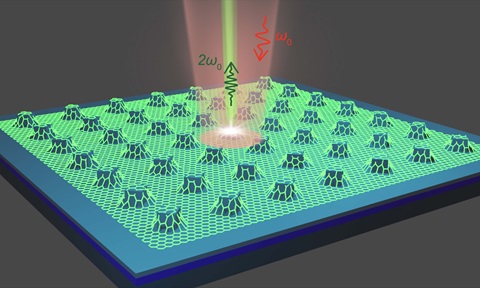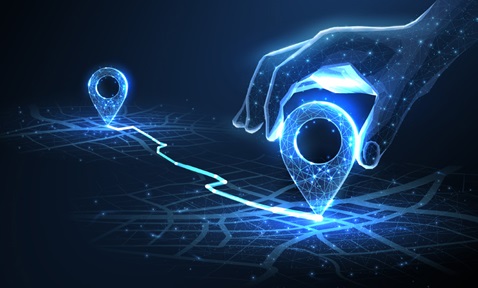
ELF-SLAM: Indoor Smartphone SLAM with Learned Echoic Location Features
Synopsis
Echoic location feature simultaneous localisation and mapping (ELF-SLAM) is a novel indoor self-localisation system using smartphone echoes for accurate positioning without additional infrastructure. The system overcomes limitations of traditional methods like Wi-Fi, GSM, FM radio and visual imaging.
Opportunity
Indoor self-localisation is a highly demanded function for smartphones. As of 2022, over 70% of the top 100 free Android apps require location information. Current solutions relying on Wi-Fi, GSM, FM radio and visible light have limitations such as susceptibility to electromagnetic noise, signal blockage and privacy concerns with visual imaging. ELF-SLAM addresses these issues by using learned echoic location features from smartphone-collected echoes. Echoes carry sub-metre granularity location information, enabling more accurate sensing than traditional methods. As an infrastructure-free system, ELF-SLAM does not require anchor points and exhibits great potential for commercial production.
Technology
ELF-SLAM operates in two phases: mapping and localisation. Figure 1 gives an overview of the mapping phase. During mapping, as the user moves with a smartphone, both inertial measurement unit (IMU) data and acoustic echoes are collected. Loop closures, detected using echoes, correct IMU-based dead reckoning deviations, resulting in accurate trajectory maps. In the localisation phase, the smartphone’s location is determined using captured echoes and the pre-constructed map.
ELF-SLAM includes three key designs. The trajectory-level contrastive learning (CL) procedure learns ELF for loop closure detection. Second, a clustering-based approach curates loop closures, effectively removing false positives. Third, a floor-level CL procedure superimposes the trajectory maps from multiple users into a single floor map, reconciling differences in ELFs due to smartphone orientation.

Figure 1. Overview of the mapping phase of ELF-SLAM.
Applications & Advantages
Main application areas include indoor navigation for smartphones, enhancing location-based services in homes, offices and large commercial spaces.
Advantages:
- Does not require additional hardware installation.
- Achieves sub-metre location sensing in various indoor spaces.
- Employs contrastive learning to derive echoic location features from a few minutes of unlabelled echo data.
- Proven accuracy in diverse environments, including small homes (~60m2), medium offices (~350m2) and large shopping malls (~1200m2).



.tmb-listing.jpg?Culture=en&sfvrsn=3b74ec1c_1)



.tmb-listing.jpg?Culture=en&sfvrsn=414f0d90_1)







